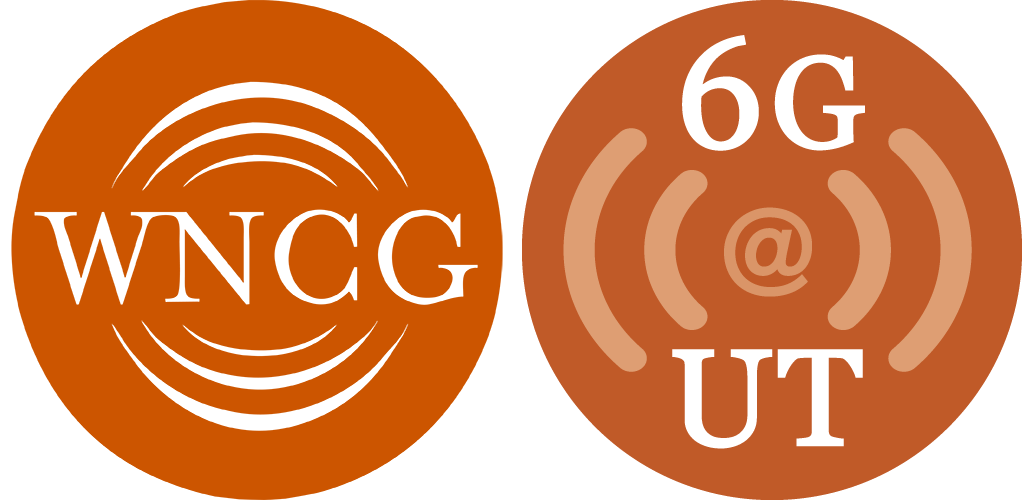Today in Austin, pedestrians and cyclists account for more than 50% of all traffic deaths, even though they only make up about 20% of travelers on the roads. While the push towards automated vehicles could reduce these deaths, unless vehicles receive help from pedestrians, automated cars could become too cautious and risk avoidant to function efficiently.
To meet this challenge, WNCG students and members of the Radio Navigation Lab (RNL) Lakshay Narula and Matthew Murrian propose to enable precise positioning for pedestrians and cyclists. Their work could lay groundwork for future smartphone technology and aid projects such as the Honda-Qualcomm Vehicle to Pedestrian systems.
To further their research in this field, the two students received a 2017 Qualcomm Innovation Fellowship for their project entitled, “Robust and Secure Precise Location for Connected Vehicles and Pedestrians.”
The Qualcomm Innovation Fellowship began in 2009 to promote Qualcomm’s core values of innovation, execution and partnership. The goal of the program is to enable students to pursue futuristic and innovative ideas. This year, eight winning teams were selected from among 116 proposals from 18 different schools. Each winning team receives a $100,000 fellowship and mentorship opportunities with Qualcomm engineers.
This work builds on research completed by WNCG alumnus, Drs. Ken Pesyna and Daniel Shepherd, who demonstrated precise positioning on a smartphone with technology developed by the RNL for a limited-interference, open-sky setting. Under the direction of their advisor, Prof. Todd Humphreys, Narula and Murrian are trying to adapt this technology to busier environments such as the UT Austin campus and downtown Austin.
Over the past few years, the WNCG team established the Longhorn Dense Reference Network, which eliminates ionospheric and tropospheric errors from GPS positioning. This enabled the creation of a technology that helps researchers pinpoint adaptive yet precise positioning for vehicles.
“Although this is a cool concept,” Narula states. “The challenge is to extend this to pedestrians and cyclists. The system will not be useful if a pedestrian uses standard GPS. Current GPS would make it seem like the pedestrian is walking on the road, even if he is on the sidewalk.”
The Qualcomm Fellowship will help fund the development of hardware for detecting the precise positions of pedestrians and cyclists, including wearable antennas and cameras mounted on bicycle handlebars.
“I’m pleased to accept this award because, firstly, it’s very prestigious in our field of work,” Narula states. “It’s encouraging to know that our work is of interest to companies like Qualcomm and that our research could someday trickle into a smartphone and save lives.”

